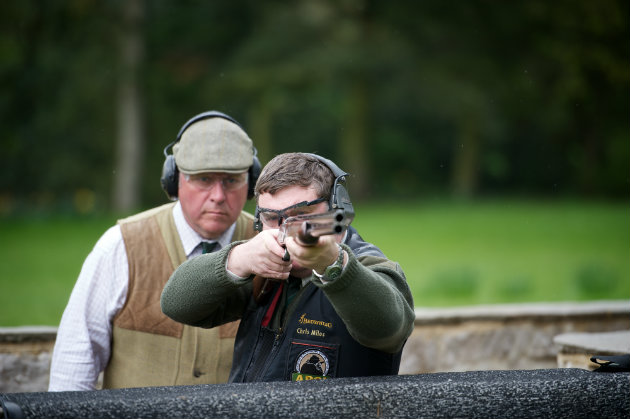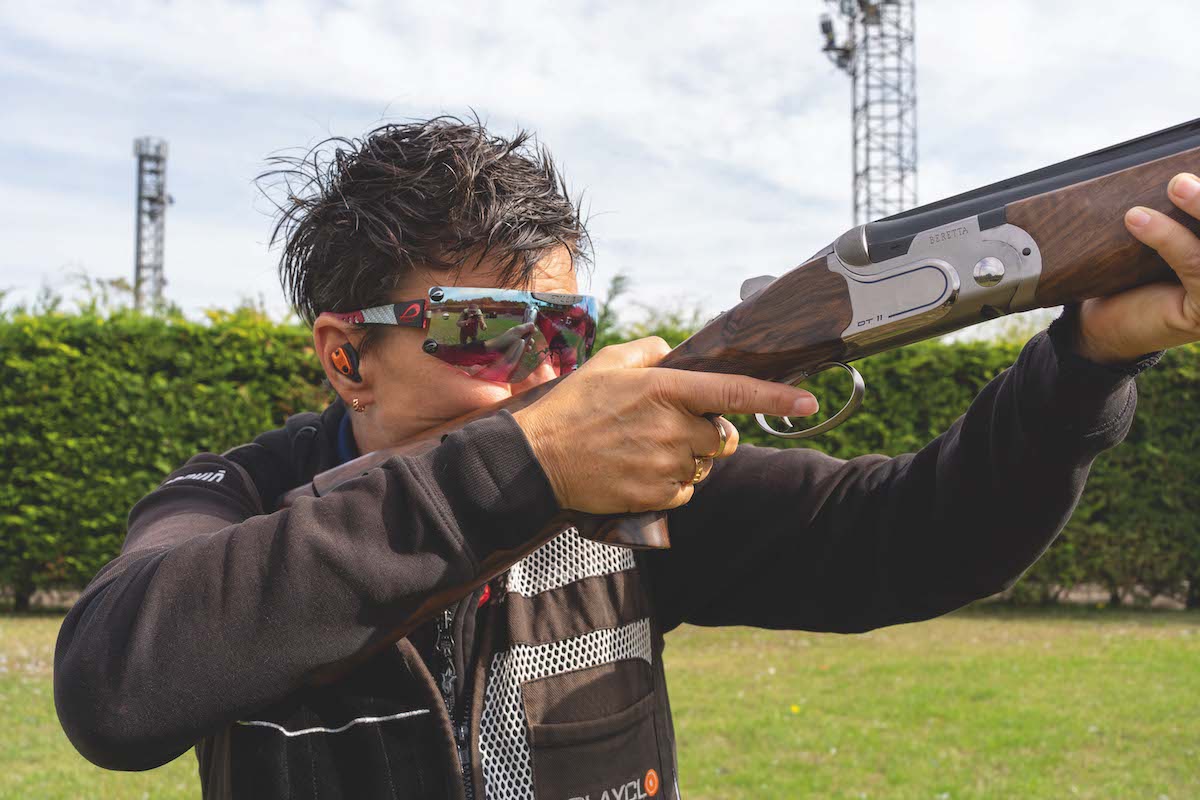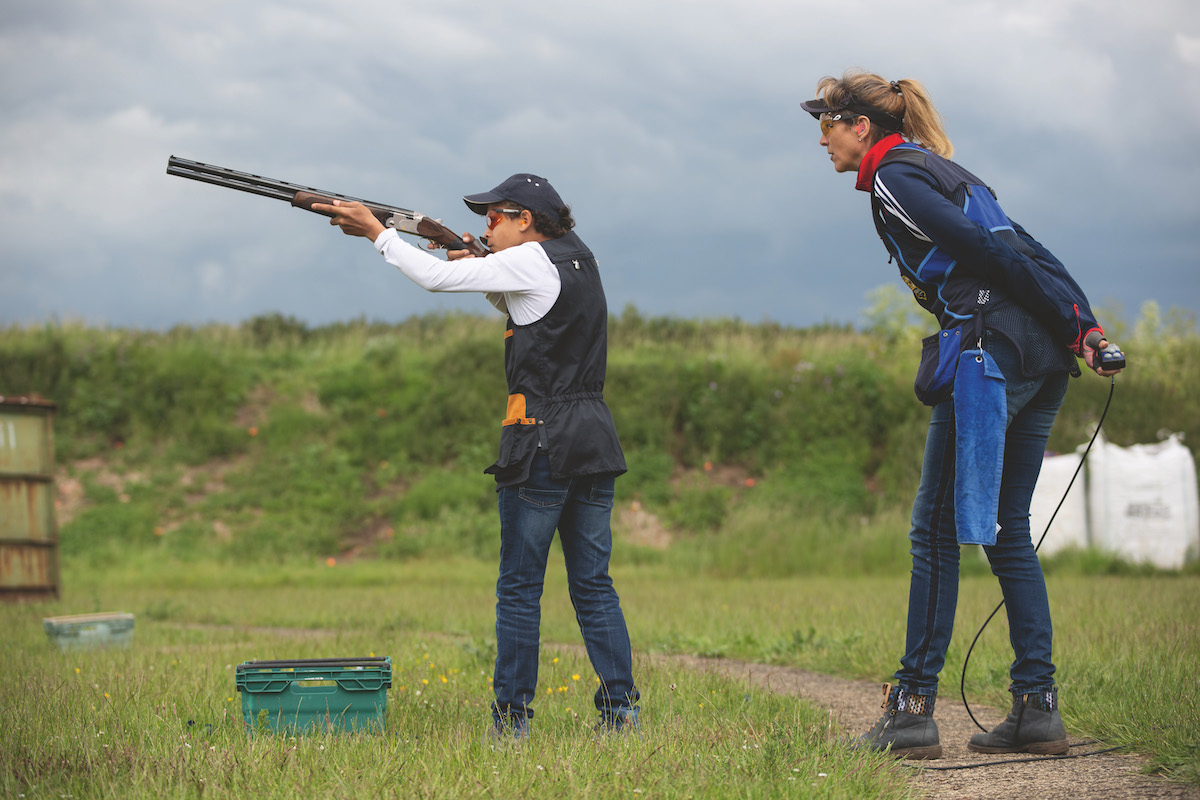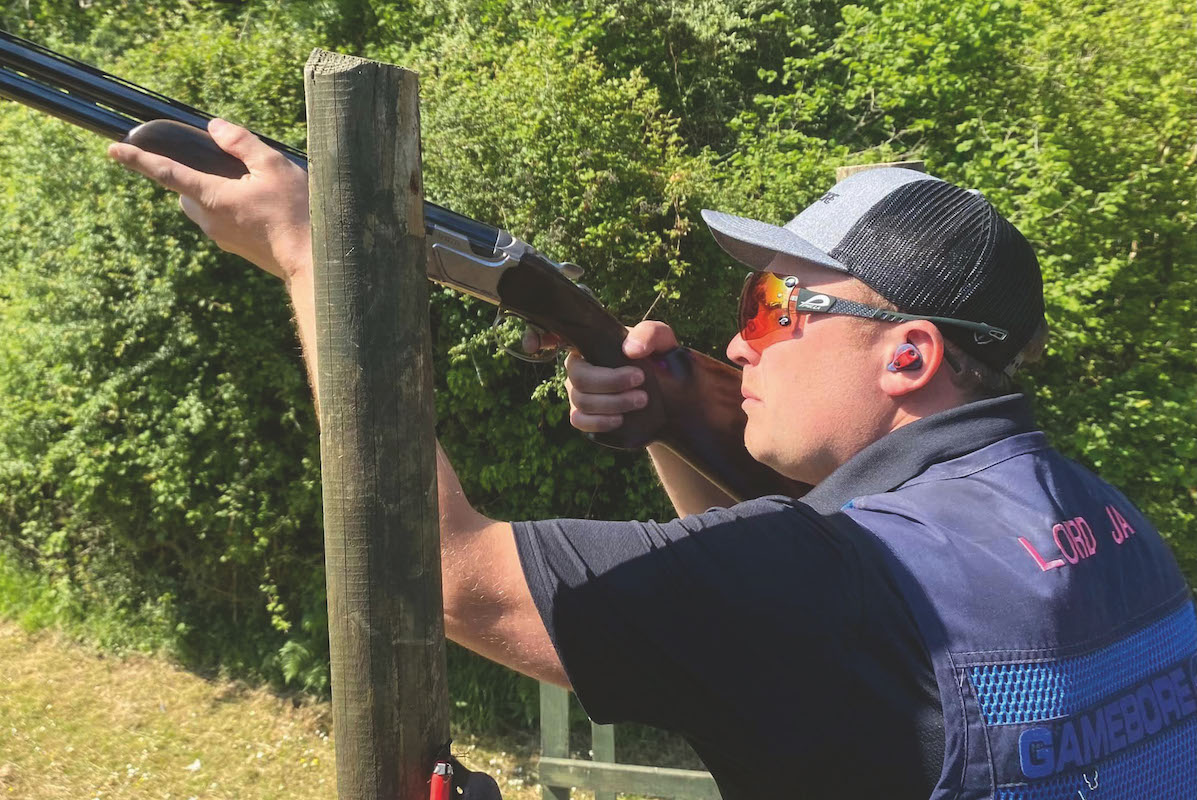How to stand when shooting clays
Your stance, weight distribution and preparation have a lot to do with upping your hit rate

When clayshooting, you don’t need to make anything more difficult for yourself than you need to.
So here’s our advice on how stance, weight distribution and general preparation before, during and after you call for the bird, will help you break more targets.
Read carefully and it’s almost certain that your scores will improve
Off balance
There’s lots of reasons not to lean back when you’re shooting. Look at any photo of our top international shots in action. None of them will be off balance when they pull the trigger.

Leaning into the shot shows you mean business. Having your feet planted squarely and your body bent backwards from the waist simply says : ‘I’m afraid of this, I’m not bothered whether I hit or miss’ or ‘I just want it to be over!’
However, leaning into the gun enhances the ease with which you swing the muzzles and everything will appear to come together naturally. The added bonus is the effects of the ‘kick’ will be lessened.
Assuming the gun is mounted properly you’ll hardly know the cartridge has been fired.

Lean back, however, and if you’re badly off-balance you might even find yourself taking a step backwards after pulling the trigger.
Golden rule of footwork
Get this wrong and it will all go wrong. The golden rule is to have the toe of the front foot pointing towards the kill zone – the area where you intend to dust the clay.
The reason this is a golden rule is because it works. If your feet are out of position you’ll always struggle to break targets consistently. True, you might manage to hit more than your fair share, but when you miss it will probably be because of your stance.
Also, when your feet are placed correctly you will be able to change your stance more easily to cope with the second bird of a pair, if a change in stance is needed.
Consider this extreme example: your leading foot is at three o’clock when you fire at the first bird.

Unfortunately, your front foot needs to be at 10 to have any chance of connecting with the second bird – so even if you’ve done everything correctly this is going to involve some pretty nifty footwork between shots.
Imagine how much more difficult it would be if your initial stance was out by 45 degrees, with your leading foot at, say, five o’clock. You’d be doing pirouettes and you would almost certainly miss!
Secrets of successful clayshooting
Learn how to hit more targets by understanding the physics of clay pigeon shooting
Issues with eye dominance when shooting: how to deal with them
Do you have issues with eye dominance? Eye dominance is the tendency to favour one eye to the other while…
Watching the targets
Shoot the same stand twice. First off, call for the birds and shoot without any prior knowledge of how the bird is going to be presented.
See how you get on and make a note of your score. If there’s no one waiting then shoot the same layout again (or get back as soon as you can) this time with the benefit of knowing where the birds are going to be in the air.
The difference in your scores (there will be a difference) will teach you the importance of watching the targets before you call for the bird.
The wrong way
If you find there’s a stand on which you’re reasonably confident, it might be worthwhile experimenting by deliberately shooting the ‘wrong’ way.
This should emphasise how much better your scores can be when you do it properly.
This probably sounds a pointless exercise but it will improve your shooting in the long run. Also, it will only cost the cartridges – but make sure you don’t annoy/hold up fellow shooters waiting their turn to have a go.
This will add to your library of sight pictures – handy if you find you’re forced to take a bird when everything isn’t exactly as you’d like it to be.
Check your gun mount
Keep your head up off the stock each time you pull the trigger.

Okay, sometimes you’ll connect with the targets but more often than not you won’t.
Then repeat the exercise with the gun mounted correctly. Your success rate will improve dramatically.
Get all of the above right and you’ll be a long way towards improving your clayshooting.










